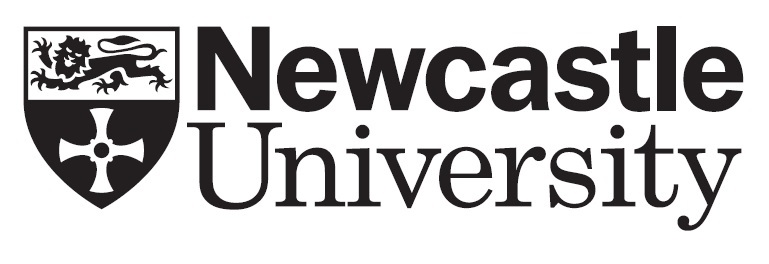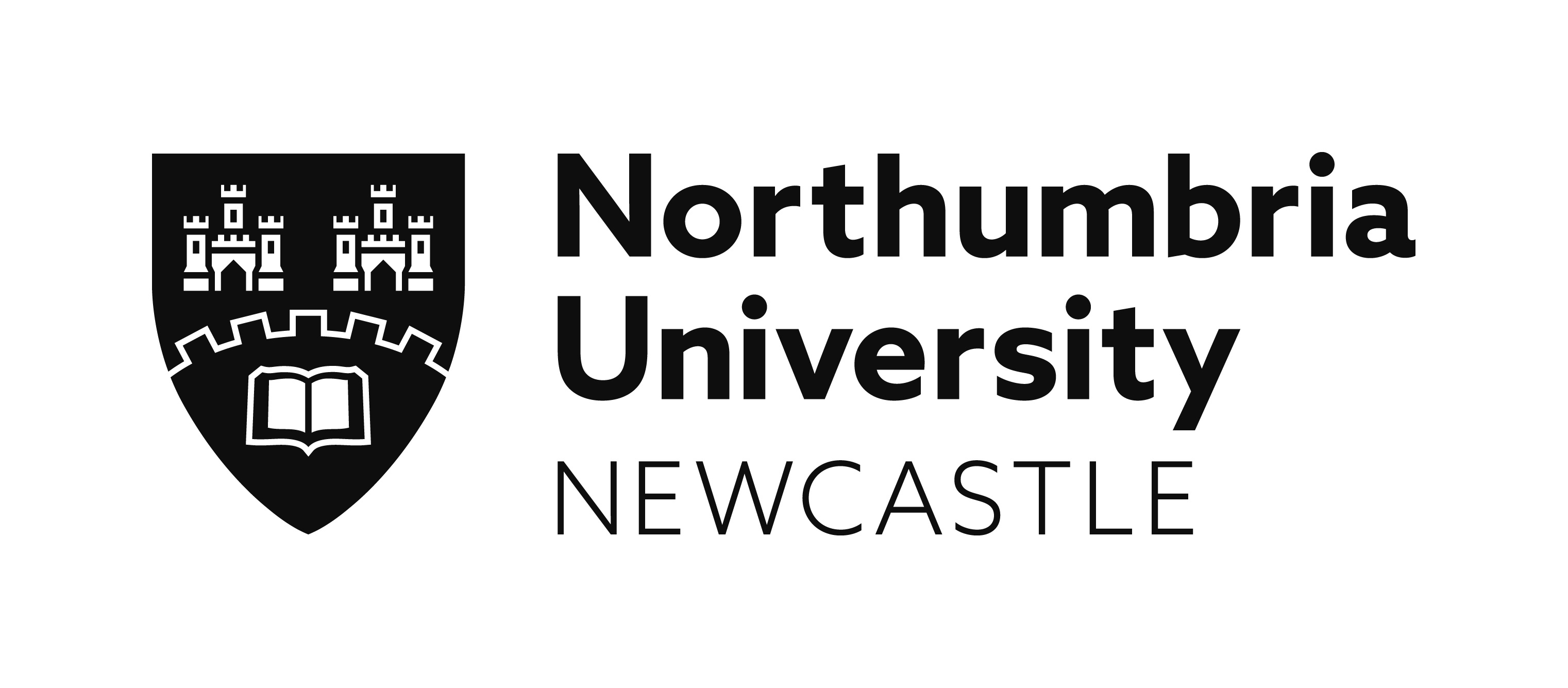Art, Obscurity, and the Politics of Rescue
Amy Tobin, University of Cambridge
Flora Dunster, University of Sussex
Over recent years, artists little known in mainstream art histories have welcomed new attention from academics, institutions and publishers. Although long overdue, this often comes with the burden of being cast as authentic, novelty, undiscovered or hidden treasure. Value resides in obscurity overthrown, and attends not just the artist but the curator, institution or writer who is seen to be doing the ‘good work’ of rescue, or worse, discovery. While this narrative may help introduce an artist to new and larger audiences, does it indemnify the calamities of such an approach? Ariel Goldberg writes of the photographer Donna Gottschalk: ‘To frame Gottschalk as “unsung” or finally achieving “fame”... fails to admit her resistance to normative culture. The commercial art world’s appetite for “queer images” in the service of the market’s relentless feasting on the new has already led to Gottschalk being labelled as a “discovery”.’
We are interested in the material repercussions and conceptual barriers this situation presents. If support is contingent upon novelty, then how can an artist’s work or art historical research continue following first exposure? How can the condition of so-called obscurity be re-thought beyond its potential as a space outside the mainstream waiting to be mined? How does this logic of discovery intersect with Otherness, normativity, displacement and gentrification? Does it operate differently between historical and contemporary sites? How do we define obscurity? How has this designation been resisted? How can support exceed marketisation? This session includes contributions that critically engage with these circumstances from the perspective of the archive, art historical methodology and the making of the artwork itself.
Speakers
Consuming Artistic Withdrawal
Neil Clements (Glasgow School of Art)
‘The Art of Our Time is Pale’: Obscuring the art of the Weimar Republic
Mary-Ann Middlekoop (University of Cambridge)
Blur, Blackness and Die Brücke
Joseph Henry (City University of New York)
What do Conspiracies Really Tell You? Jess: an artist’s artist
James Boaden (University of York)
Anti-Oedipal Filiations and the Obscure Ends of the Avant-Garde
Jenevive Nykolak (California State University)
Inspiration Archives and the Politics of Authenticity
Eleanor Roberts (University of Roehampton)
Click here to download this session's abstracts or view below
Consuming Artistic Withdrawal
Neil Clements (Glasgow School of Art)
How can we account for a growing interest in the subject of artists’ decisions to withdraw from the artworld, and the ways in which their actions have been critically framed as a form of resistance? This paper will suggest that narratives of withdrawal afford a valuable perspective from which to approach a broader recuperative tendency in the contemporary fields of art history and curatorial studies. Central to this inquiry is the role professionals from these fields play in articulating and disseminating such accounts of artistic resistance. Considered in this manner, ‘withdrawal’ refers less to an artist’s initial decision to withdraw from the artworld than it does to a subsequent moment in which this action is rendered visible through an act of institutional validation. This reciprocity between institution and artist poses a fundamental challenge to the assumed independence upon which the figure of withdrawal is based, while at the same time better elucidating its function within current reappraisals of the art historical canon. What accounts of artistic withdrawal allow us to formulate is an imaginary in which a position outside institutional parameters is critically viable; albeit one that is only made intelligible through a retrospective act of institutional incorporation. In such circumstances, the withdrawn artist operates as a synchronic agent, one whose perceived value is contingent not only upon the temporal challenge they pose to existing art historical accounts, but also the existential alternative they offer to the operational realities of the professionals responsible for maintaining such accounts.
‘The Art of Our Time is Pale’: Obscuring the art of the Weimar Republic
Mary-Ann Middlekoop (University of Cambridge)
‘Observers from a later time will smirk in genuine astonishment at what today’s clever propaganda has passed off to the gullible people as the “latest” art’, wrote George Grosz in Das Kunstblatt in 1931. Nearly a hundred years later, it seems that what was considered the latest art in Weimar Germany does hardly surprise us, but has instead been shifted into obliviousness and is rarely reflected on by contemporary art historians, historians and critics. It is the work by Grosz, Otto Dix and a few other artists, that is almost exclusively celebrated by Weimar Germany scholarship, a tendency recently put into question in Art History’s Special Issue ‘Weimar’s Others: Art History, Alterity and Regionalism in Inter-War Germany’.
This paper explores the historicity of obscurity and its significance to art historical narrative, through the lens of Weimar Germany’s art and artists. It shows how in the late 1920s, German artists protested against being left out of representations of what constituted ‘true’ German art, a question which loomed large over German modernism ever since its inception in the 1890s. After 1945, it was acknowledged that Weimar culture was ‘the creation of outsiders, propelled by history into the inside for a short, dizzying, fragile moment’, which again risked obscuring the diversity of Weimar culture. Today, while Weimar artists and their protagonists are rediscovered, it is the notion of rescue as much as obscurity that puts to the fore the complexities and pluralities of the art history of Weimar Germany.
Blur, Blackness and Die Brücke
Joseph Henry (City University of New York)
Among the primitivist formations within Euro-American modernism, the case of Die Brücke (‘The Bridge’) is well established. This collective of first Dresden-based German Expressionist artists – such as Ernst Ludwig Kirchner and Max Pechstein – developed their mature corpus in an intense engagement with non-Western ethnographic objects in German museums, new publications on non-Western art, and even real persons visiting Germany in exoticist ‘peoples’ shows’ (Völkerschauen) and amusements such as zoos and circuses.
My paper takes on one specific encounter in this racialised nexus: around 1910, members of Die Brücke befriended three black performers of the Schumann Circus known only to us as Sam, Milly and Nelly. These figures remain shrouded in (art) historical obscurity: they visited Dresden on tour; Die Brücke were enthusiastic patrons of circuses and Völkerschauen; and it was not uncommon for circus performers to mingle with European audiences outside the stage, yet the biographies of Sam, Milly and Nelly are still non-existent in the record.
There is no doubt an ethico-political imperative to resuscitate the histories of the circus performers is a gesture toward a decolonising historiography. But instead of understanding obscurity as an ex post facto effect of ideological art history, I want to consider it as a present-tense dynamic within primitivism. I focus on Die Brücke’s depictions of Sam, Milly and Nelly, in particular a set of private photographs Kirchner produced to argue that obscurity was already a desideratum within the scene of image production. If ‘obscurity’ etymologically relates to the Latin obscurus, meaning the ‘quality or condition of not being clearly comprehended’, the black body presented for Die Brücke a possibility of eliding the hyper-subjectivism that Expressionism already touted in its rhetoric and practice. Reading with black studies and critical race theory, I want to understand how the figures of Sam, Milly and Nelly confronted Die Brücke with the desire to become an object, to become generic in Wilhelmine’s accelerated capitalism, to escape the individuating impulse of historical recovery.
What do Conspiracies Really Tell You? Jess: an artist’s artist
James Boaden (University of York)
This paper will address the concerns of the session through a telling case study addressing the visibility of work by the artist Jess, who worked in San Francisco between the early 1950s and the late 1990s. While his work is in major museum collections in the USA; has been exhibited regularly in both commercial and museum contexts since his death in 2004; and there have been a number of art historical publications on his work (most recently Tara McDowall, The Householders: Robert Duncan and Jess, MIT Press, 2019), his work would widely be understood as obscure. This paper will look at the reception of Jess’ work in the 1970s and 1980s when it was taken up by a number of writers who became associated with what came to be known as New Narrative in San Francisco. I will argue that in the late 1970s and early 1980s, the writers Bruce Boone, Robert Glück and Kevin Killian examined the coterie around Jess and his lover Robert Duncan from the 1950s and 1960s in a way which justified their own coterie writing, developing a contemporary politics for the work which both Jess and Duncan explicitly denied in other contexts. The New Narrative writers, however, could find justification for their moves through Jess’ work itself, which often performed unlikely acts of reclamation for disparaged artists of the late 19th century. I will argue that deliberate obfuscation was a tactic used successfully by both generations as a way of assuring that their work could never be successfully brought into discourse with the canon of their own time.
Anti-Oedipal Filiations and the Obscure Ends of the Avant-Garde
Jenevive Nykolak (California State University)
‘Je ne crois à ni père / ni mère / Ja na pas / à papa-mama’ (I don’t believe in father / in mother / got no papa-mummy). These lines from Antonin Artaud were seized by a group of five artists active in Paris who adopted the name ‘ja-na-pa’. From 1978 to 1981, the group explored the illegibility of process in its works, held semi-private, ephemeral exhibitions, and cultivated an enigmatic posture. While ja-na-pa was close to the influential circle around Hubert Damisch and Macula (1976–79), its obscurity is a function of the provincialisation of French art in the 1970s – and the artists’ Artaudian rejection of self-mastery and models of artistic influence and posterity rooted in biological reproduction.
My talk situates the group’s rejection of visibility and intelligibility in terms of the rise of antitotalitarianism in France. Within this context, Artaud’s lines, which also anchored the repudiation of familial bonds in Deleuze and Guattari’s Anti-Oedipus (1972), were marshalled to root out ‘fascism’ within the deepest reaches of the self. I argue that this set of concerns formed the horizon of the group’s self-defeating slightness, registering the fate of the avant-garde itself as a model of interpersonal and historical filiation. As a case study in artistic rescue, ja-na-pa maps uneasily onto the coordinates of the mainstream and its others: the group’s obscurity is undercut – and sustained – by its spectral appearance in the footnotes of a generation of French art historians, including Yve-Alain Bois, Jean Clay, Georges Didi-Huberman and Jean-Claude Lebensztejn.
Inspiration Archives and the Politics of Authenticity
Eleanor Roberts (University of Roehampton)
This paper takes as its starting point Aaron Williamson’s sardonically titled Inspiration Archives (2019), which seems to document obscure historical figures who were disabled. Documentary items, such as those representing paraplegic explorer ‘Parachute Susan’ O’Sullivan, have been received by visitors as authentic. In fact, the Inspiration Archives are built around fictional narratives, and actively upset distinctions between the ‘real’ and ‘not real’. The politics of this work are complex: Williamson (who is deaf) critiques ‘inspiration’ as potentially patronising in the context of disability, and seems to demonstrate the dangers of ‘fake news’. At the same time, the forgeries and fakeries also represent a meaningful moment of institutional critique, and prompt questions around who gets to be part of history.
The Archives lead me to a broader consideration of the politics of authenticity, particularly in contexts of renewed attention to fiction in discourses of contemporary art. Aesthetics and methods of theatricality, fabulation, fakery and active frivolousness have long been prevalent strategies of queer, feminist, disabled and postcolonial makers engaged in critical practices of world-building in resistance to marginalising, essentialist and positivist ideologies of ‘authentic’ and institutional seriousness. However, reactionary violence and erasure in today’s mainstream political landscape demands the urgent re-evaluation of how historicity and importance might be strategically claimed.
For those engaged in mapping the legacies of hitherto under-acknowledged artists, how might the sardonic critique of ‘inspiration’ be generatively in tension with temporal transitivity; intergenerational, coalitional crossings between subjects through the archive; and demands for visibility and recognition?
|
|
|
|
|
|
Supported by
Conference Sponsors
![]()
ASSOCIATION FOR ART HISTORY
![]()
Terms & Conditions
![]()


